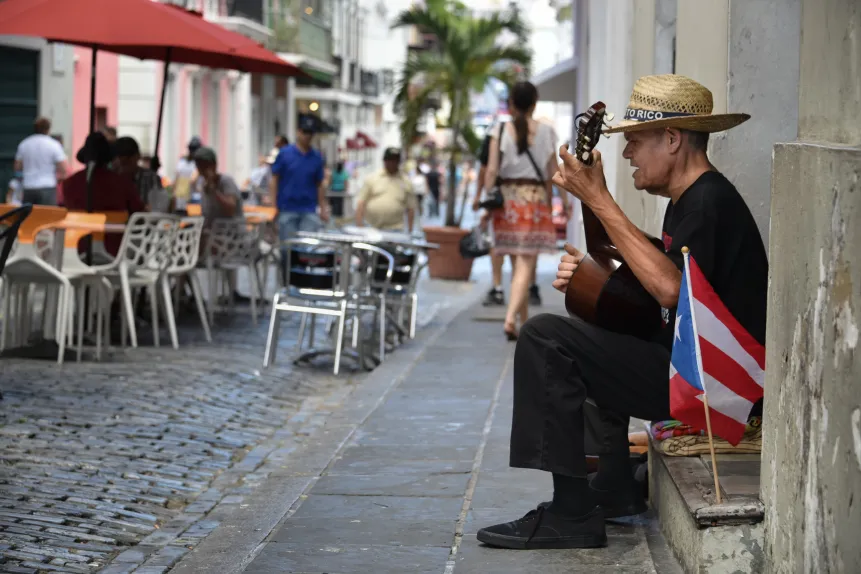Maybe you’ve heard about the ascendant restaurant scene in Puerto Rico. Most people haven’t: The island is still principally known as a highly convenient place for sun and beaches, with no passport required for U.S. citizens, and the food scene is often relegated to what’s convenient to cruise ship ports.
If you didn’t know, Puerto Rico has become one of the most exciting destination-dining scenes in the Caribbean. It’s rich with exciting concepts and heritage-minded chefs who showcase culinary traditions and fresh local ingredients in ways that range from ingenious riffs on Puerto Rican classics to exuberant explorations of Mediterranean cuisine—and even noteworthy pizza. This is all happening in spite of the long-lasting impact of Hurricane Maria in 2017 and the subsequent COVID-19 pandemic.
In fact, those two crippling events inspired many chefs to work with the most readily available ingredients — what they could obtain from the island’s fields and surrounding waters —while also giving them opportunity to cultivate fresh concepts.
The creative wave in dining options is surging as Puerto Rico welcomes a record-breaking influx of visitors. As of August, year-to-date arrivals at San Juan’s Luis Muñoz Marín International Airport climbed to 4.2 million passengers, an increase of 20% compared to the same period last year. According to Tourism Economics, travel and tourism brought in approximately $8.7 billion in revenue for the year through June, a 63% increase from 2018 highs. As of the second quarter this year, AirDNA has tracked a 12% increase in lodging demand for the year, while independent rental demand more than doubled since 2019.
As the food scene has expanded, both in San Juan and within reasonable driving distance, restaurant prices remain affordable, especially in comparison with other Caribbean destinations such as Anguilla and St. Barts. Here are the seven most exciting places to eat in Puerto Rico, from a fine dining farm-to-table restaurant helmed by the island’s first James Beard Award-winning chef to a wood-fired homage to the region’s cooking traditions.





























